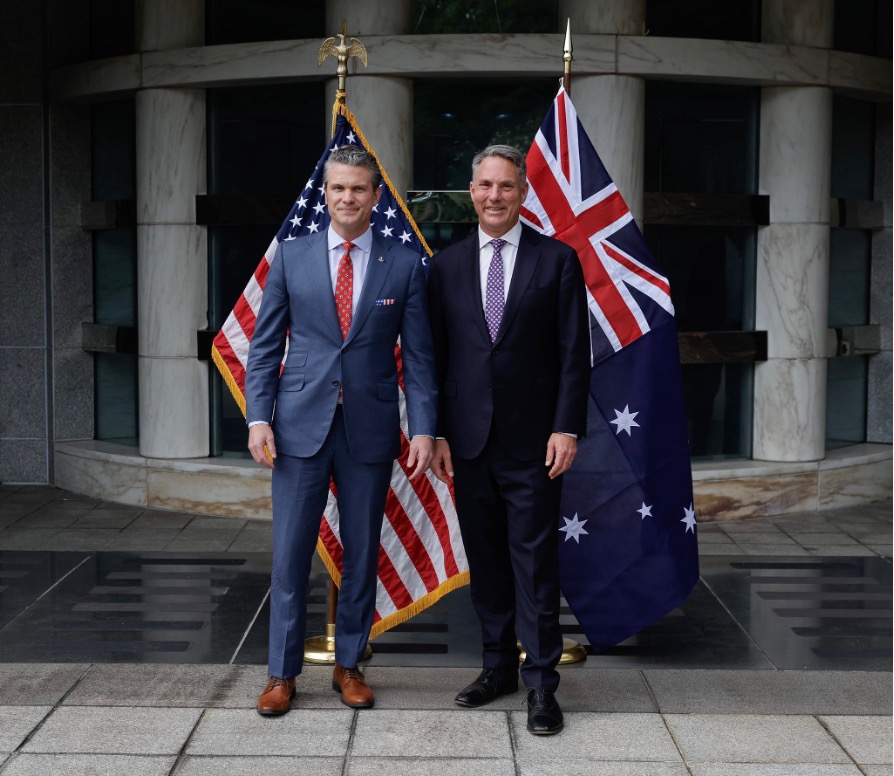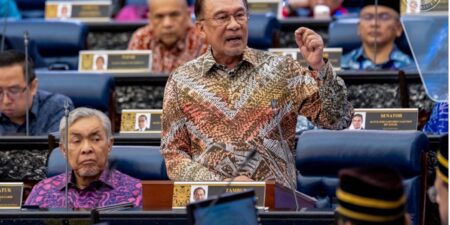
US Calls For Australian Defense Spending Boost Ahead of Trump Meeting

Insights & News


Trump Levies Additional 25 Percent Tariffs on India
The BGA India team, led by Managing Director Anuj Gupta, wrote an update to clients …

Malaysia Tariff Tracker | August 5, 2025
pdate to clients on new developments in Malaysia’s trade environment. Context Significance Implications We will …

Malaysia’s New Development Plan Places AI and Digital Front and Center
The BGA Malaysia team, led by Senior Director Sadiq Noor Azlan, wrote an update to …
At BowerGroupAsia, we are committed to
delivering result-oriented solutions for our clients
We have proven track record of helping the world’s top companies seize opportunities and manage challenges across the dynamic Indo-Pacific region.




















